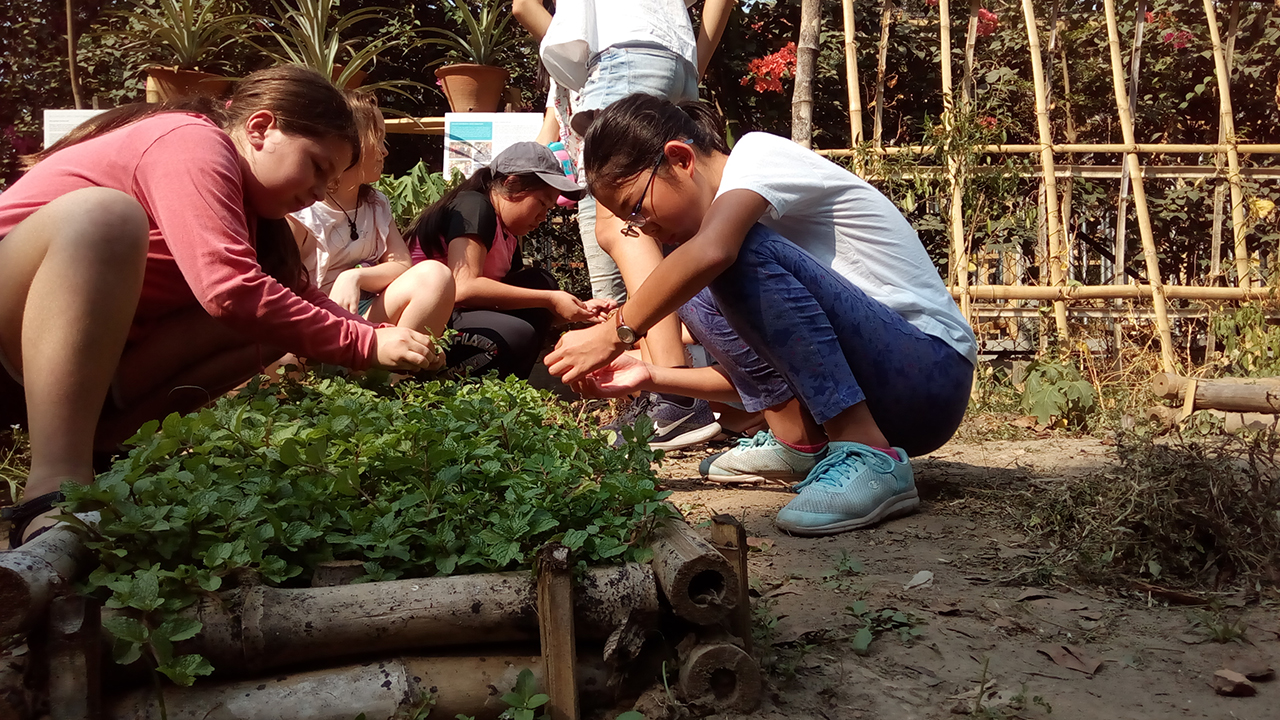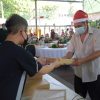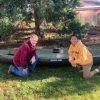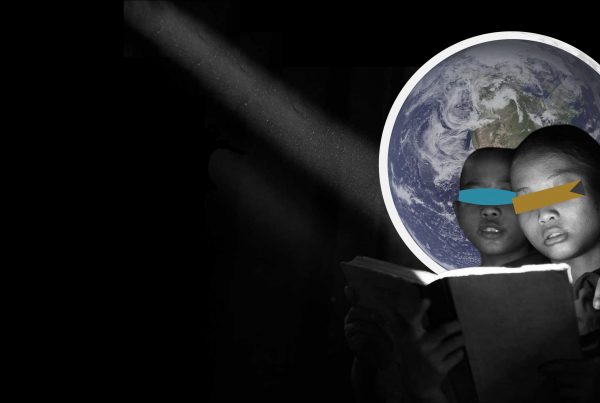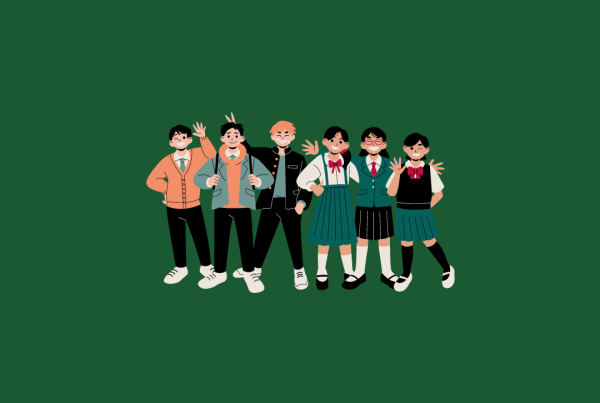Last Thursday, Elementary Student Council and Global Elementary went to U Thant House to learn about ISY’s new Bokashi composting program from Jenny and her team. Elementary Roots and Shoots and Student Council have been working hard to inform students, teachers, and staff about our recycling and composting programs.
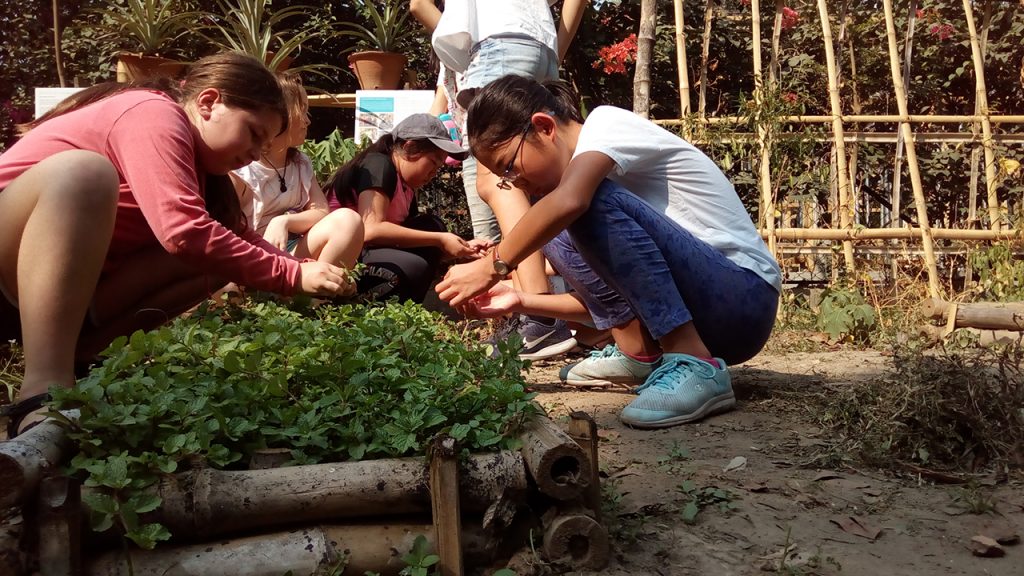
First, composting expert, Jenny, and her team informed the visiting class representatives and journalists that food waste is placed into blue compost bins. Then, bokashi, or microbes that help break down the food waste, is sprinkled on top. After that, liquid microbes are poured on top, before rice, or coconut charcoal is added. Finally, the container is sealed for one to three weeks, during which ISY’s food and plant waste are broken down into nutrient-rich soil.

This is a bucket of bokashi. They put this as a layer on top of the compost waste each time they add food, or other organic materials to the bin.
You may be asking yourself why ISY started working with Bokashi. In our community’s effort to become compassionate global citizens who are more environmentally aware, we realized that at our school, students are wasting food and they are putting plastic in the compost bins. That is harmful to our planet.
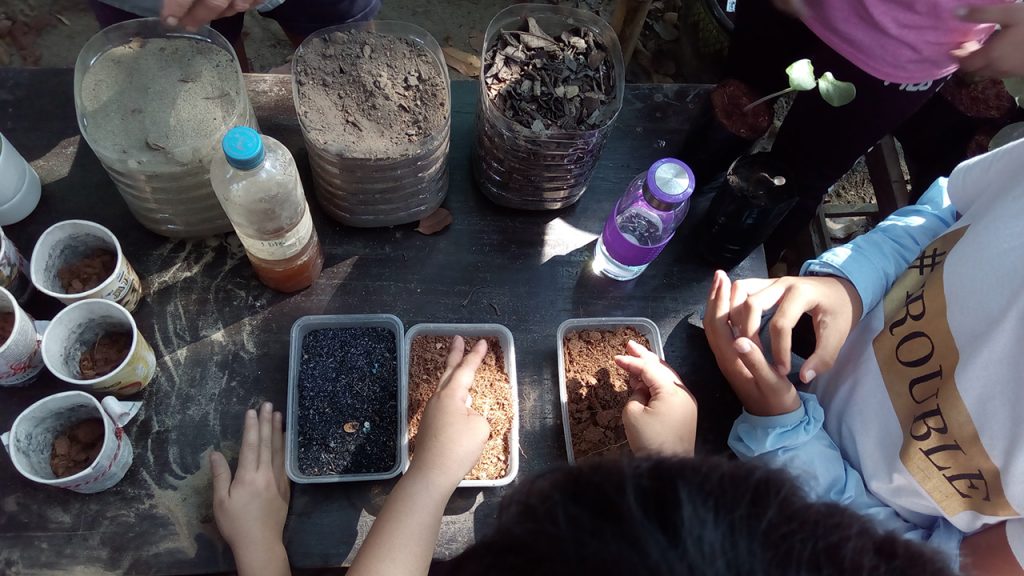
Lucky for us, the team at U Thant House said, “Of all the blue composting bins that come to our site, your gardening team at ISY sends us the best bokashi bins. There’s no plastic or other waste that shouldn’t be in there.” If it weren’t for their hours of sorting at the end of each school day, ISY’s bins might look much like some of the other bins throughout the city. Our school community has a lot to learn and a lot to be thankful for when it comes to our support staff.
While the class representatives and journalists were on a tight schedule and could not tour the museum at U Thant House, the students definitely want to go back. If you want to check it out, you can go on Saturday and Sunday.
By Global ES
Published by Global


